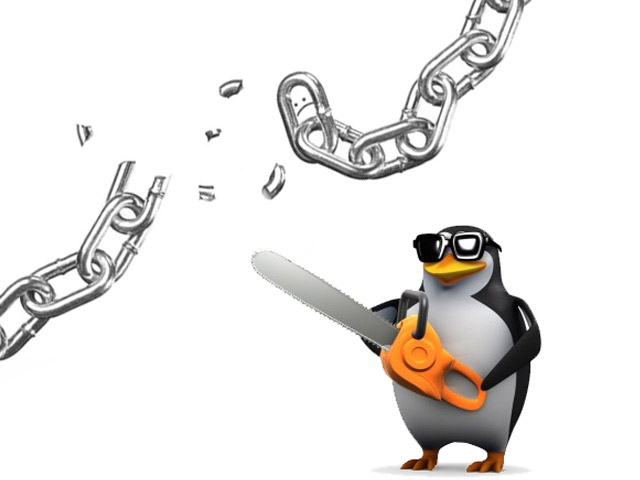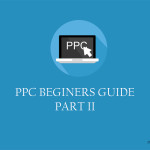The page rank of your site is indicative of its performance against your chosen keywords. It is important to state that link building, as hyped as it may be, is actually one of more than two hundred ways to determine the relevancy of a site. It is important, but there’s more to take into account and work towards to improve your ranking.
At a point of time, not very long ago, a site’s page rank massively depended on link building. In fact, for laymen, SEO was synonymous with Link building. For a fairly long period of time, sites which linked to a high number of external sites and similarly, contained back-links from others sites, fared well in terms of Google page rank. And then doomsday struck – link building was used and abused to such an extent that now Google amended its algorithm to emphasize on other aspects of search engine optimization. Link building now can potentially harm your page rank, and in practice, if you link to a site which has a lower page rank (or a lesser page tracks back to you), then you kind of share the (lesser) site rank. This simply means your page rank diminishes. If you think carefully, then this is also indicative of the end of link building era. So, while you will continue to look for very selective links, meaning willing to be linked to sites with a higher rank, those sites will not be interested in linking with you! From a search engine’s perspective (read Google), while its spiders crawl a site, if it finds an external link, it will move on to that site. Put simply, the external site’s page rank will affect your ranking to a good extent.
The bottom-line is not to have mindless links for the heck of increasing external links to your site. And if you do have them, as a result of your previous efforts towards that direction, remove them as soon as possible, as this is harmful for your site’s performance. This part is where the pain is — How to remove the links from the external sites.
You would get a list of all the links that point to your web page from Google Analytics. Once you have the data, approach the site owners to erase the irrelevant/ unwanted links. Chances are, you will have to follow up several times before you get the job done. (Happened with me. Phew!) And then there will be many links where you have no control, nor can you get them unfollow you. What do you do?
Disavow them.
Ok, this means, inform Google about the unnatural links that point to your site, and ask it not to take them into consideration when it is assessing your website. Easy?
Disavowing links is an advanced Google tool that is meant to fight this menace. A growing number of users companied about the ills of this sudden change in the rule of the game. Site owners tried to remove the unwanted links, but this was not completely in their hands. So here’s a tool launched by Google – Disavowing links.
Before you go any further, keep in mind that this feature should be practiced only as a last resort to clean your site, after you have exhausted all efforts to have poor quality or spammy links taken off. In most cases, Google can itself evaluate a link and determine if it can affect your site in a negative way. So ordinarily, one would not need to use this tool, unless you have an excessive number of poor links pointing to your site, which you believe are harming your performance.
If you do opt for this option, you would want to completely follow the steps that you will find on Google support page. Once availed, the process of reassessing your site with the improved and (only) relevant links will take time, and may consume up to three weeks before you see any change in your ranking.



 (5 votes, average: 4.60 out of 5)
(5 votes, average: 4.60 out of 5)






